Built by Kolen: Sask. Community fights to burn fuel in the light of an uncertain future
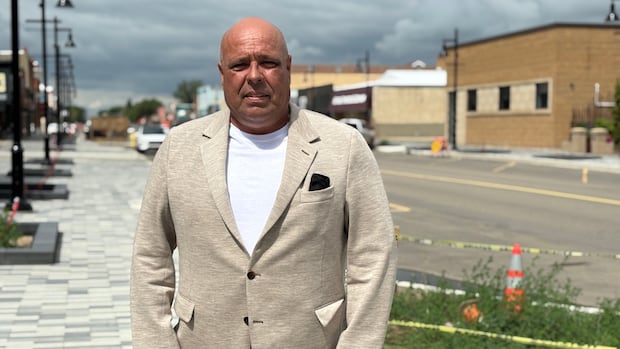
The rolling prairie hills around Estevan reveal deep layers of black rock, a huge deposition of coal that has been mined in this part of Saskatchewan for more than 100 years.
The natural resource that drives the local economy, holds the lights and is a central part of the local identity, it was expected that it would be left in the ground in the ground, with the expected closure of two nearby power plants within the next five years.
Mayor Tony Sernick, who grew up near a coal mine on the outskirts of the city, said that the prospects for a future without coal were initially gloomy.
“It’s our livelihood, it’s in our DNA,” he said. “There was no optimism on the horizon. Everyone was planning a bit for the worst.”
But the worst case seems to have been avoided, at least for the time being. The government of Saskatchewan has recently announced plans to extend the lifespan of its coalvire energy plants for decades, which claims that Ottawa has no jurisdiction about electricity generation in the province.
Fear of losing a third of the population
Estevan is located just north of the American border, about 185 kilometers southeast of Regina.
Known as the Energy City because of the coal, oil and gas industry, Estevan would ever lose a third of the population of around 11,000 people. About 400 houses went for sale when the economy contracted and some residents started to leave.
Like many small coal cities in all of Canada, the community braced itself for the phase of coal -fired power plants. A threatening federal deadline, with dedication by the province, aimed to eliminate the polluting fossil fuel by 2030.

Some feared that Estevan could become a ‘ghost city’.
The community worked to find ways to diversify its economy and was selected by the Saskatchewan government as the site of a small modular nuclear reactor.
But Sernick said that an expansion of coal was still needed and is welcome news.
“It was good to see you fill that gap, and it really gives us that time to switch to whatever the next big thing,” he said.
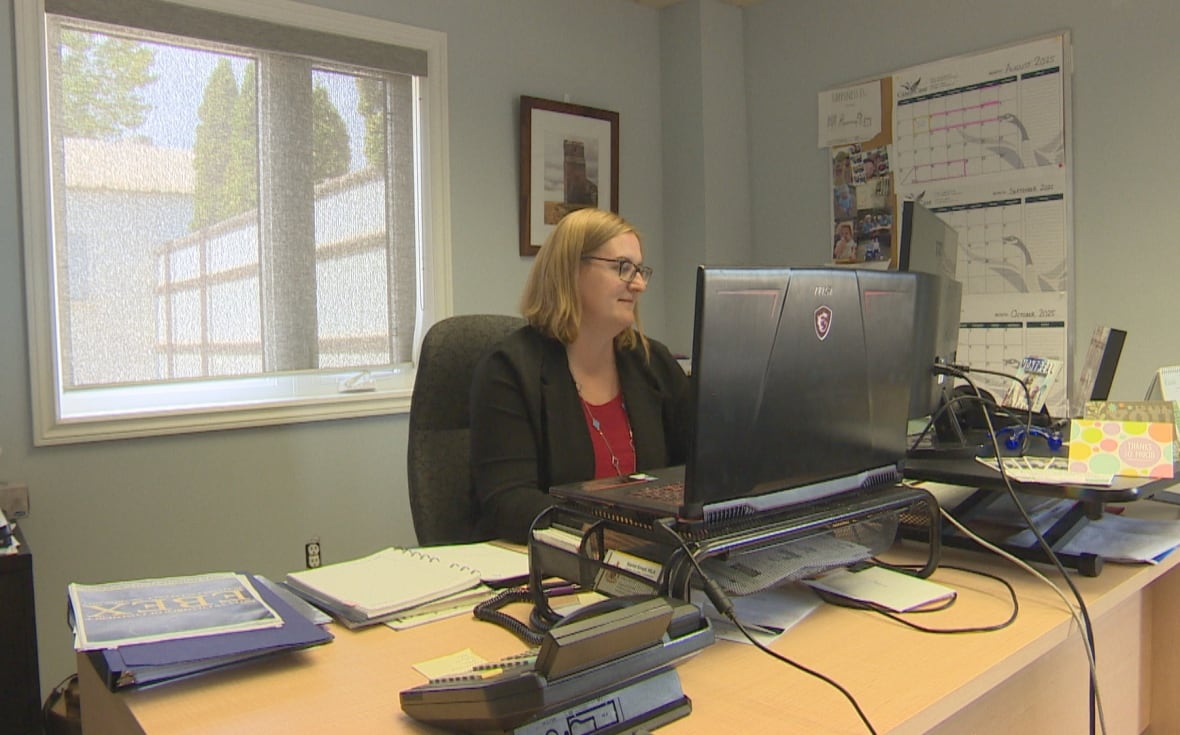
The business community is also looking for ways to adapt.
Merissa Scarlett, executive director of the Estevan Chamber of Commerce, said the news that the factories would continue to run, came like a “relief”.
“Even with coal that are back, we are still moving to nuclear. The world is changing, right?” She said. “We have to diversify the economy.”
The city has received millions of dollars from the federal and provincial authorities to support a transition from coal to new economic opportunities.
One of those ideas: a research project going to see if the coal of the area can be converted into graphite.
‘I think we are safe’
Outside the supermarket of Estevan, residents are clear: they do not want coal to go without an alternative to the economy.
Lynn Senchuk said she believes that coal will continue to burn, even if the federal government tries to wrap the activities.
“I think we are safe,” she said.
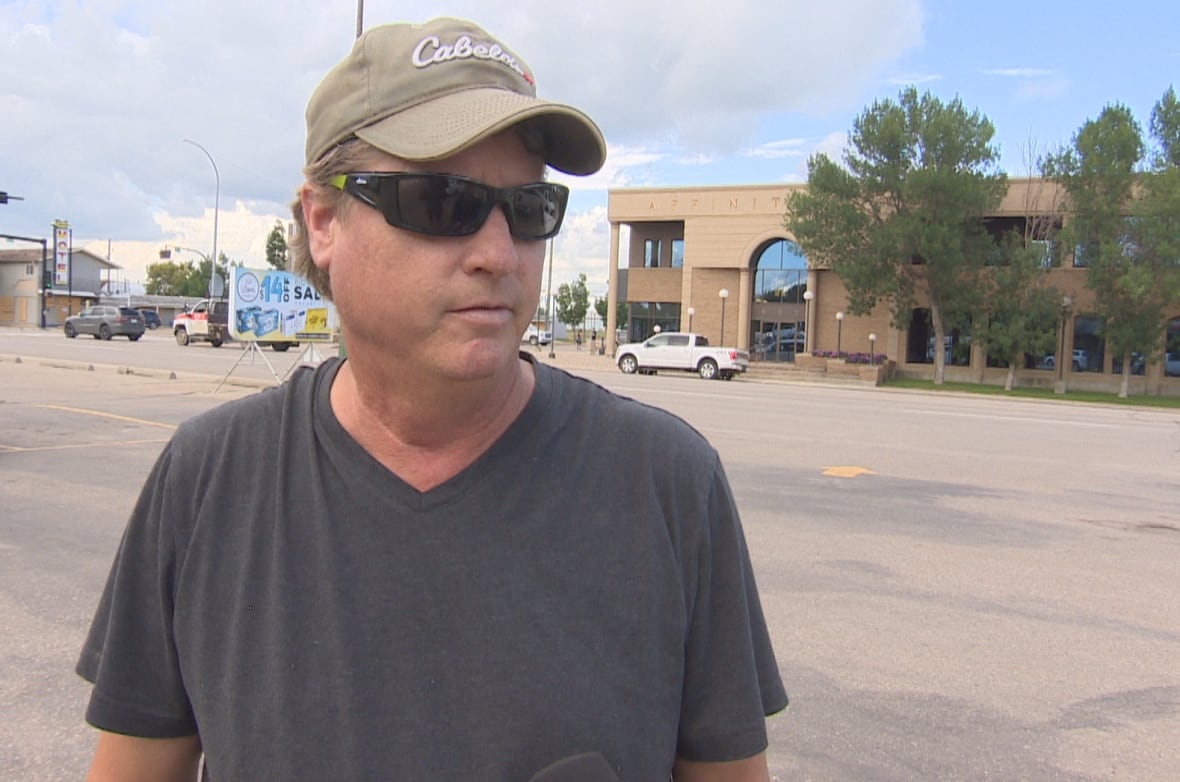
Derrick Helm said he supports to bring in a nuclear power plant, but believes that coal must continue until it is no longer necessary.
“It’s non -stop in the ground. Just keep pulling it out and burning,” he said. “I have no problem with that.”
The fight for coal
The local urge to keep burning coal, along with constant support from the province, could leave Estevan as one of the last places in Canada to use the fossil fuel.
In 2016, Ottawa gave provinces until 2030 to abolish coal -fired power plants. Those who are equipped with carbon reception technology receive an exemption, including one unit on the Boundary Dam 3 station outside Estevan.
But Saskatchewan recently announced plans to lead all three of his factories far beyond the Deadline, with the argument that the federal government lacks jurisdiction about the power generation.
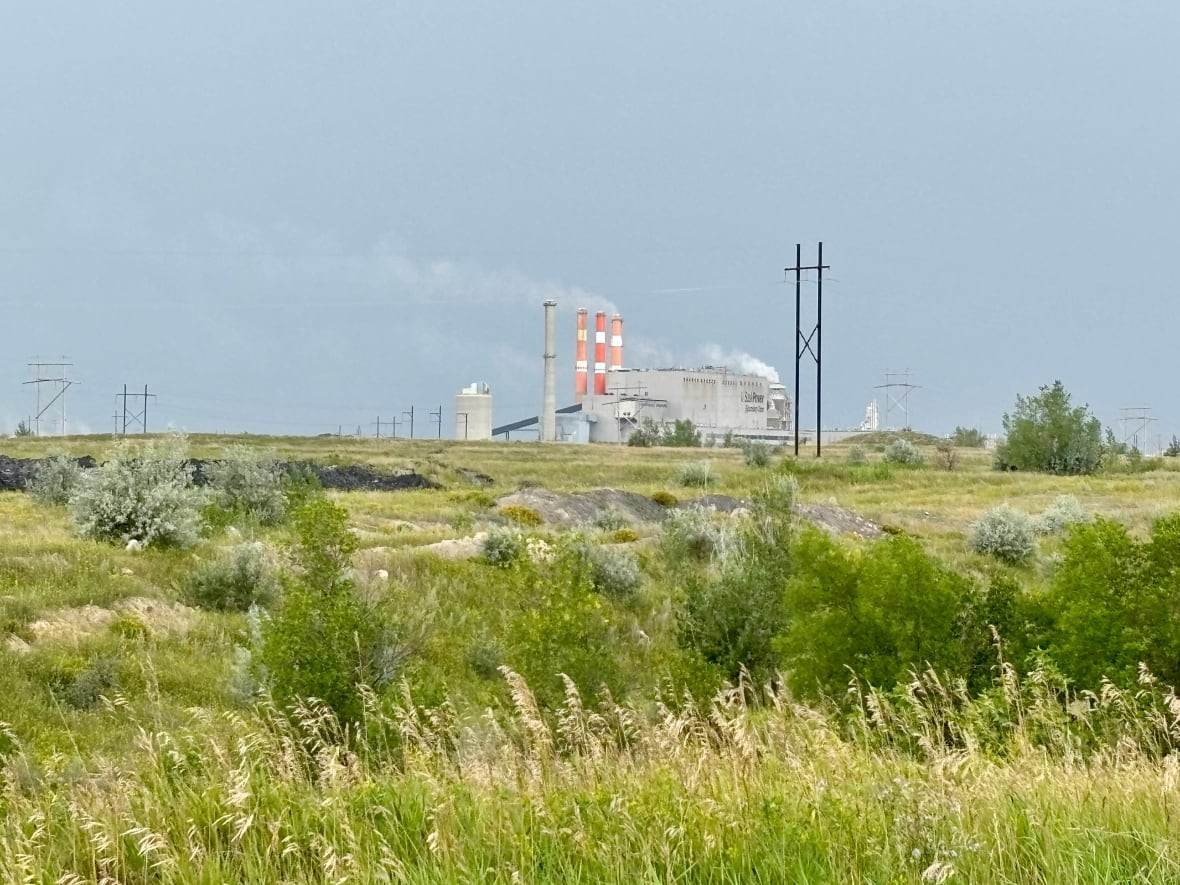
The decision is already confronted with a legal challenge In court.
Brett Dolter, an economist and expert in climate change policy at the University of Regina, said it is unclear how much the province needs to invest in refurbishing the plants and running them.
“There was a plan, and now we have the opportunity to waste a lot of money to change horses in the middle to invest again in what an outdated technology is,” he said.
“We know that burning coal is the dirtiest way to produce strength. We have many, many other options and it is really short -sighted to think that that is the best option for Saskatchewan.”

Saskatchewan has Canadas on the second most emission-intensive electricity system, with only Alberta. Although it is only three percent of the population of the country, it is responsible for about a quarter of all electricity emissions, According to the federal government.
The last Alberta coal -fired power plant was closed off last year.
“We are only three percent of the population, but we are the last holdouts that gradually reject coal,” said Dolter. “So we are this dirty island of electricity.”
A spokesperson for the Federal Minister of Environment and Climate Change said that Saskatchewan has an agreement with Ottawa on emission reduction measures. It is set to end at the end of next year.

If the conditions are not respected, “it can be terminated, so that the federal regulations are reinforced,” Keeean Nembhard wrote in an e -mail.
Premier Scott Toe said that the province wants to see the federal rules change.
“We are going to operate those plans in the future to offer affordable, reliable power to residents of Saskatchewan and Saskatchewan Industries, while we switch to a much cleaner core source,” he said at a recent press conference.
Lighting for now
In Fourth Street, Estevan’s most important resistance, residents and entrepreneurs in a sigh of relief for the time being.
The 400 houses for sale have fallen to 50, and hundreds of employees are expected to arrive in the city to renovate the power plants and ultimately build the nuclear facility.
“It looks up,” said Lori Smith, outside of her embroidery in the city center. “It’s scary when they close it and how many people would leave the city. But I know that there is a lot of power behind the energy sector in Estevan.”
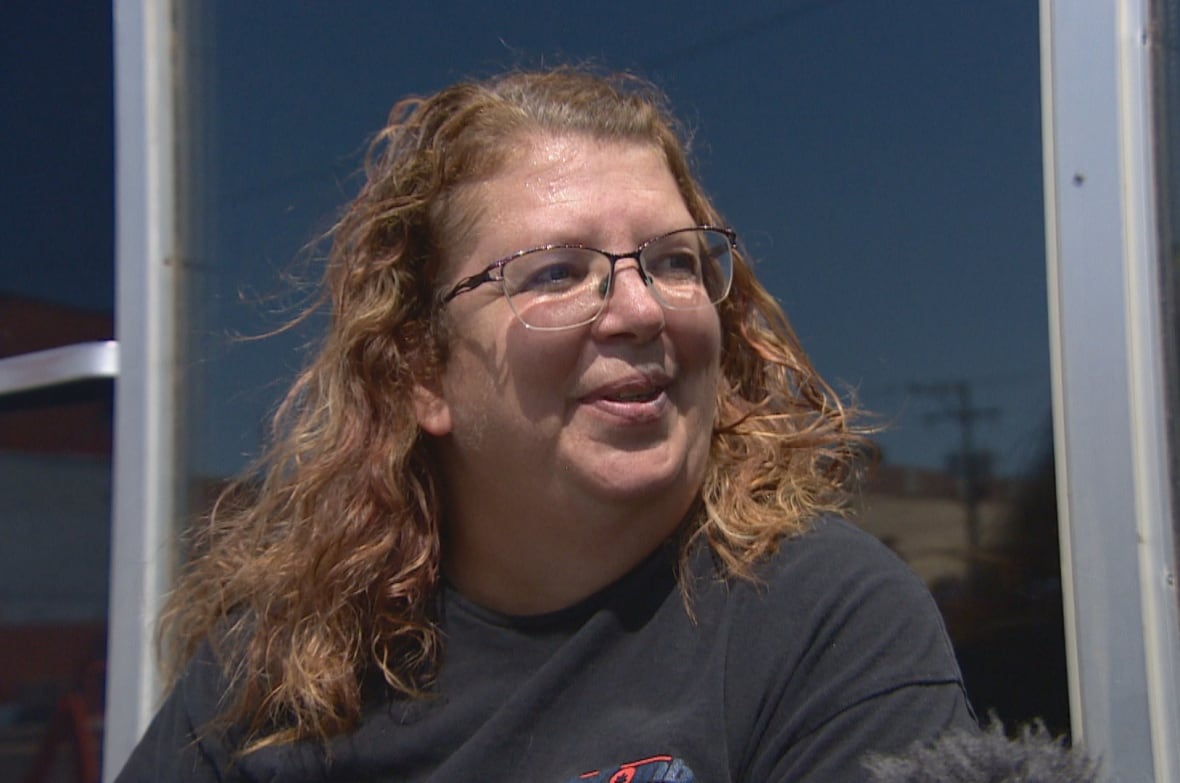
Lynda Chamney’s fiancé works with one of the plants.
“It’s so nice that they will keep their jobs,” she said. “It exists forever and, and I’m glad it stays.”



